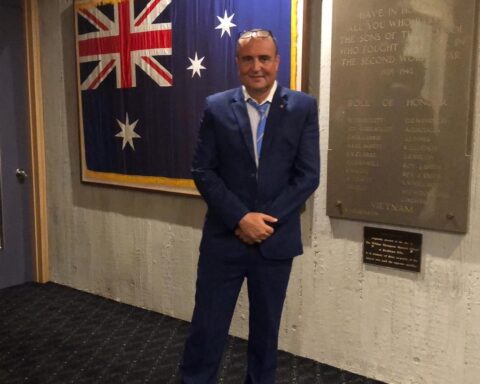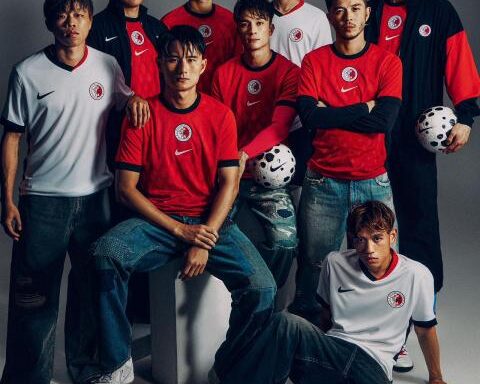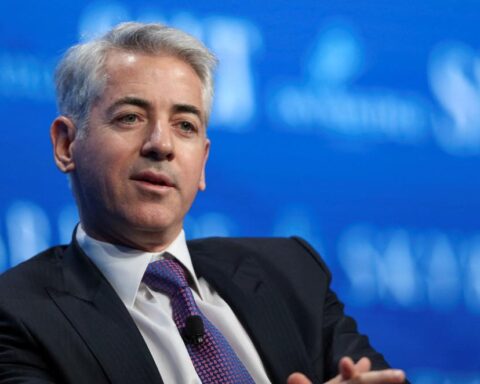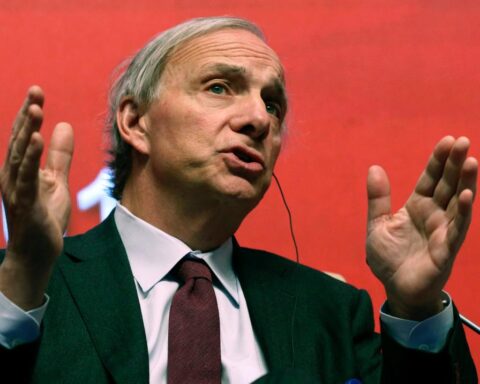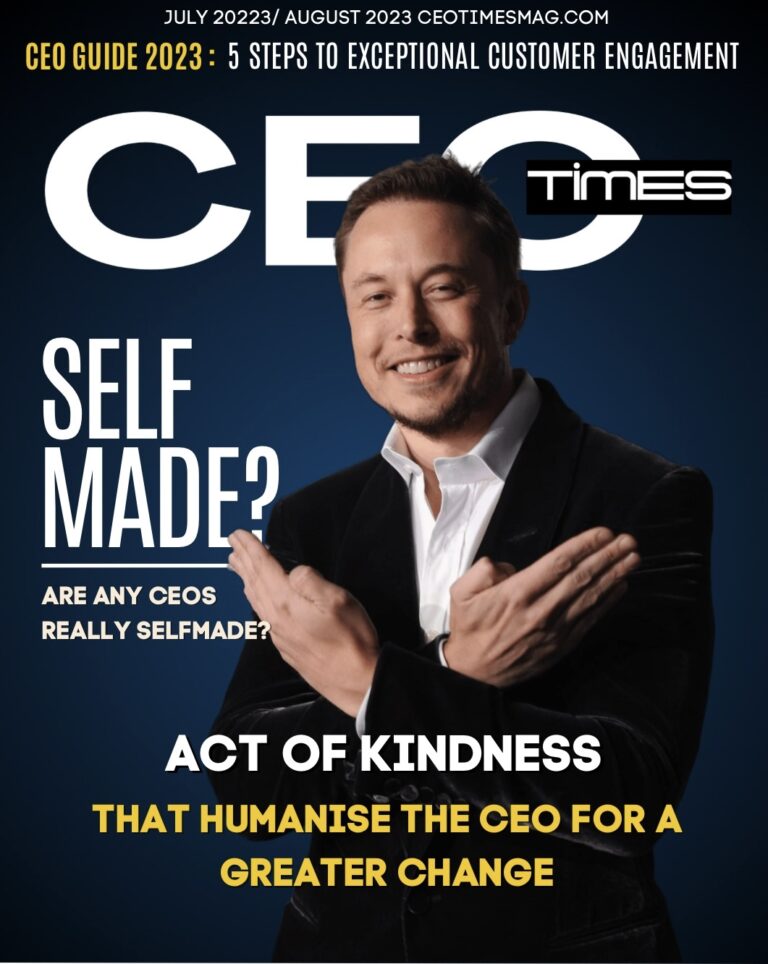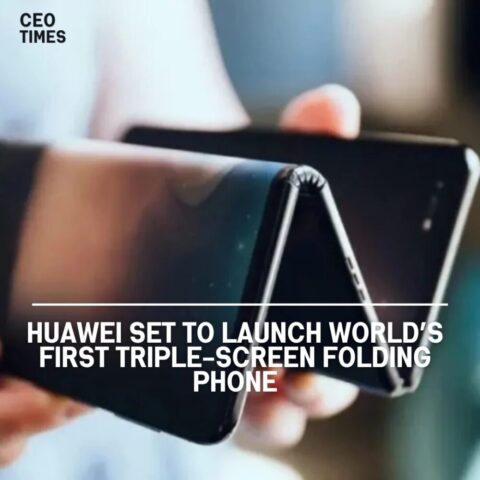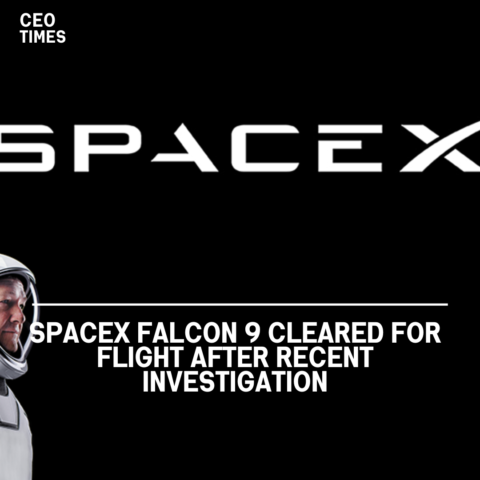Mira Murati, the CTO of OpenAI, is not a typical technologist. Her favorites include the sci-fi classic 2001: A Space Odyssey and Radiohead’s ‘Paranoid Android’, inspired by Douglas Adams’ seminal work, The Hitchhiker’s Guide to the Galaxy. This union of art and technology speaks volumes about Murati’s approach to her work: driven by a deep curiosity for the human experience within a tech-driven world.
Born in Albania, Murati moved to Canada to complete her high school studies and later graduated in mechanical engineering from Dartmouth. After stints at Goldman Sachs and Zodiac Aerospace, Murati’s time at Tesla, where she witnessed the inception of AI-enabled autopilot software, played a crucial role in shaping her career.
In 2022, she assumed the role of CTO at OpenAI, just six months before the release of its groundbreaking AI tools. Here, Murati has become a leading voice in shaping the future of artificial intelligence.
OpenAI’s initiatives, such as the generative-image program DALL-E 2 and AI chatbot ChatGPT, have captured public imagination. This has sparked the beginning of an AI revolution, with OpenAI at its forefront. Their strategy of public testing during the feedback stage led to a record-breaking 1.8 billion monthly visitors this year, with ChatGPT boasting over 100 million users.
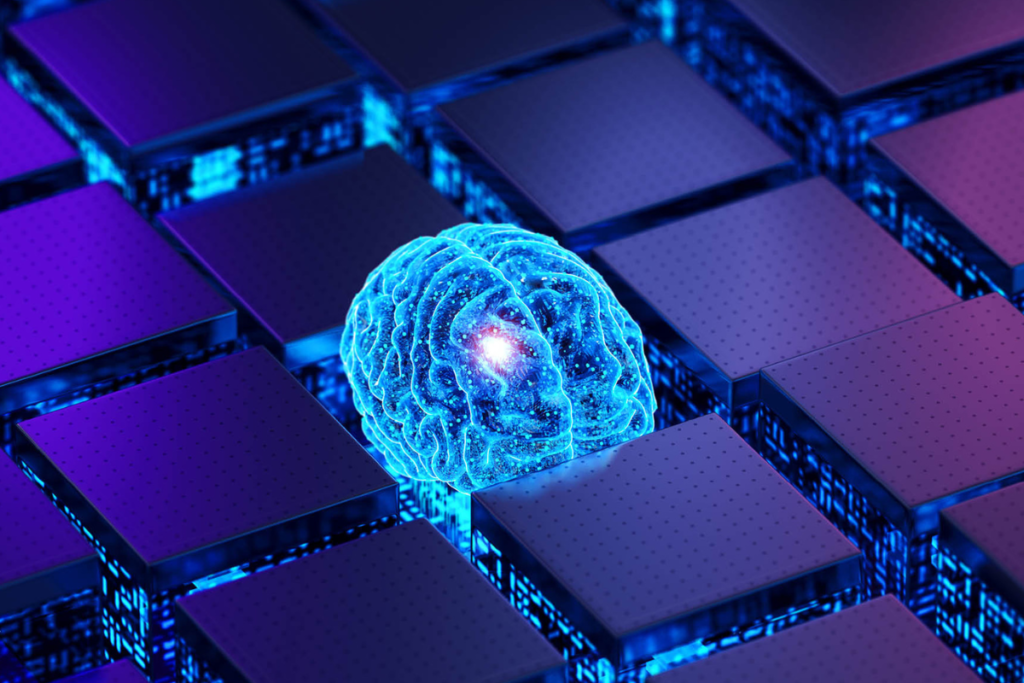
However, despite the significant progress, Murati acknowledges that OpenAI’s technology is a work in progress. With this in mind, OpenAI has taken steps to ensure that their AI tools don’t propagate misinformation or misinterpret facts.
Murati’s perspective on AI is grounded in practicality and cautious optimism. She believes that AI has the potential to solve complex global issues such as climate change, poverty, and hunger, but acknowledges that its implementation requires thoughtful and deliberate action.
She advocates for a “north star” for AI, explaining that ethical and philosophical questions around AI must be brought into the public consciousness in a controlled and responsible manner.
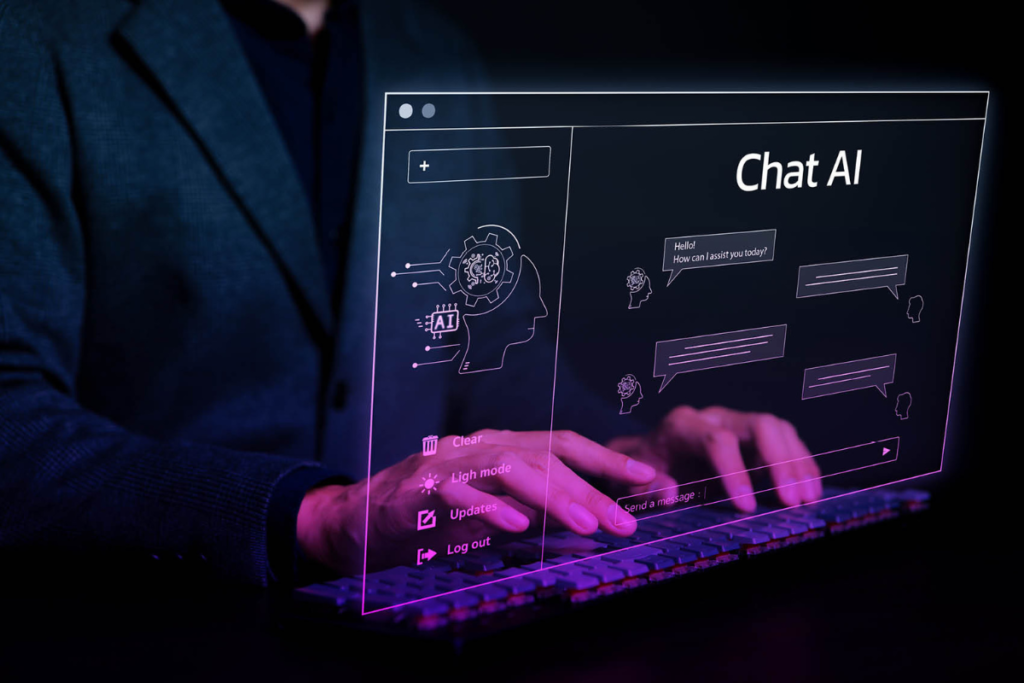
Murati’s insights about the potential misuse of AI, mitigating unintentional harms, and the people behind the technology underline her commitment to leading the AI revolution responsibly. She calls for a dialogue on these topics, emphasizing the need for regulators, governments, and the public to play an active role in shaping the future of AI.
The path to the future may be uncertain, but Mira Murati’s vision suggests a hopeful balance between technological innovation and ethical responsibility. As with Douglas Adams’ universe, where humans can ask computers to relinquish control, Murati’s vision for AI places it as a tool at the service of humanity rather than its master.
Murati’s optimism and measured approach to AI development inspire hope for a future where AI and humanity coexist, each enhancing the other’s potential. After all, the ultimate aim is not to create machines that replace humans, but to develop technology that amplifies human abilities and solves complex global issues. As the world rapidly advances into the era of AI, leaders like Mira Murati serve as invaluable guides on this exciting journey.

